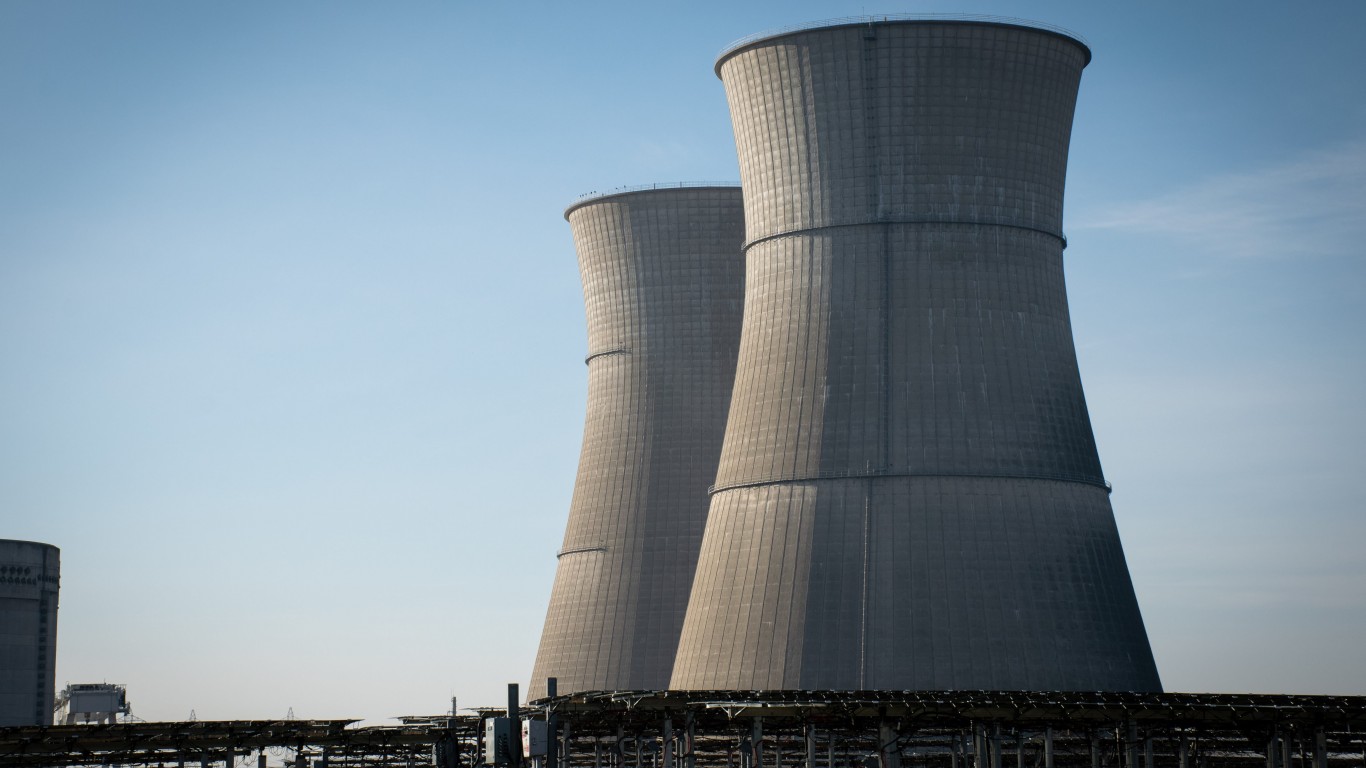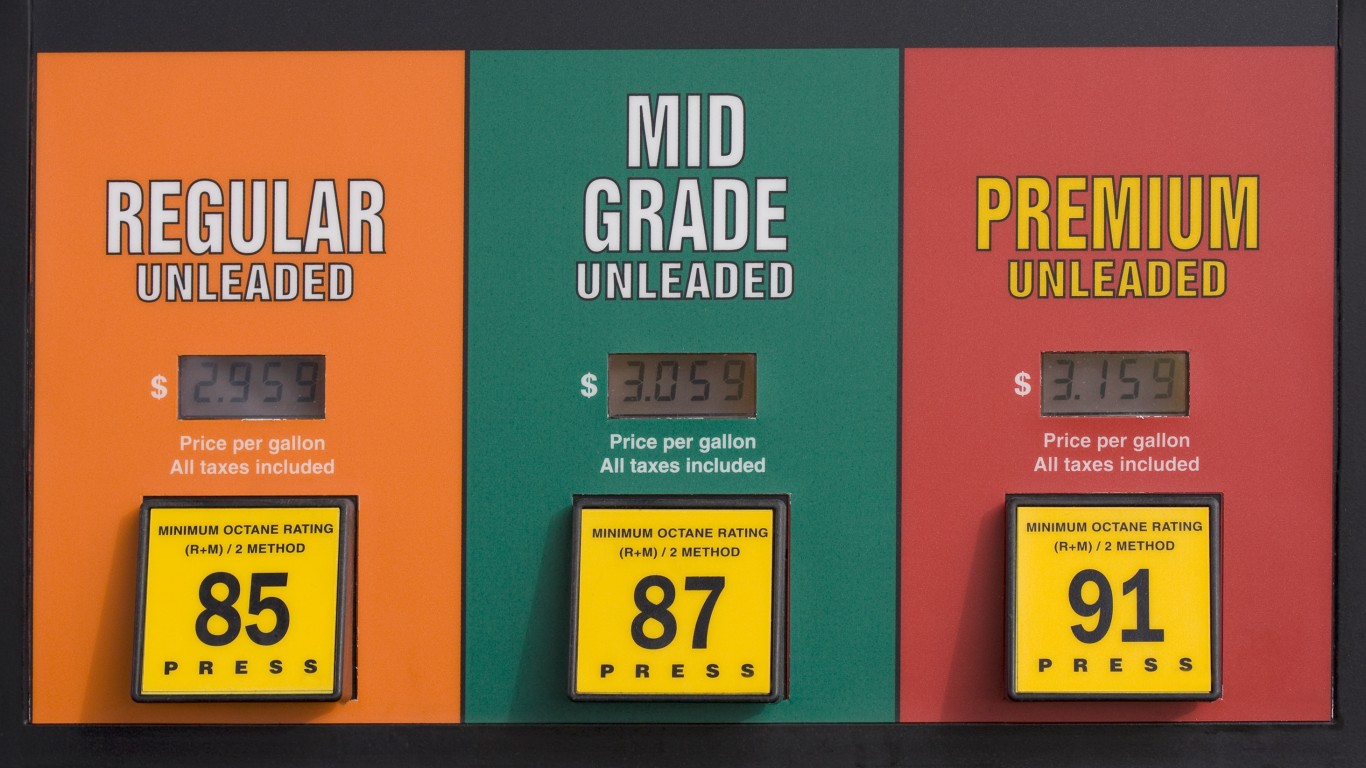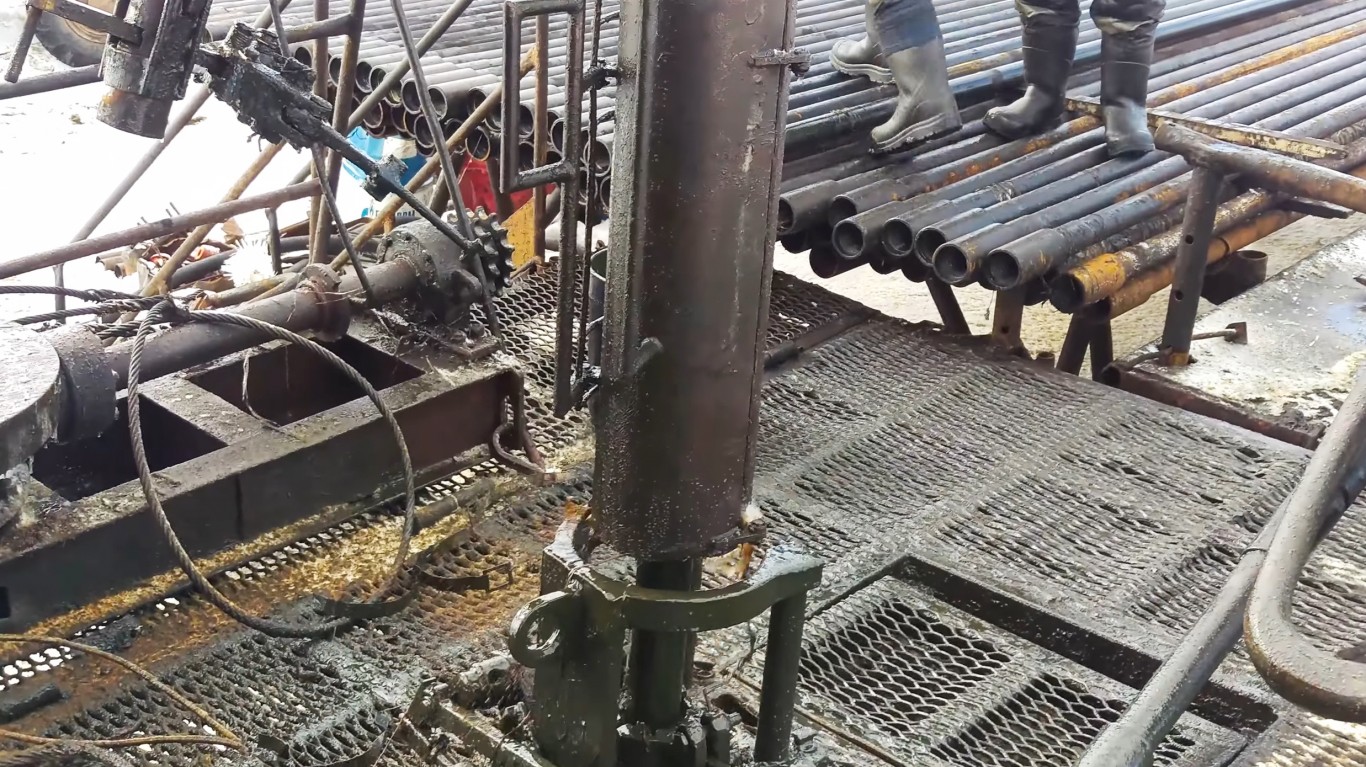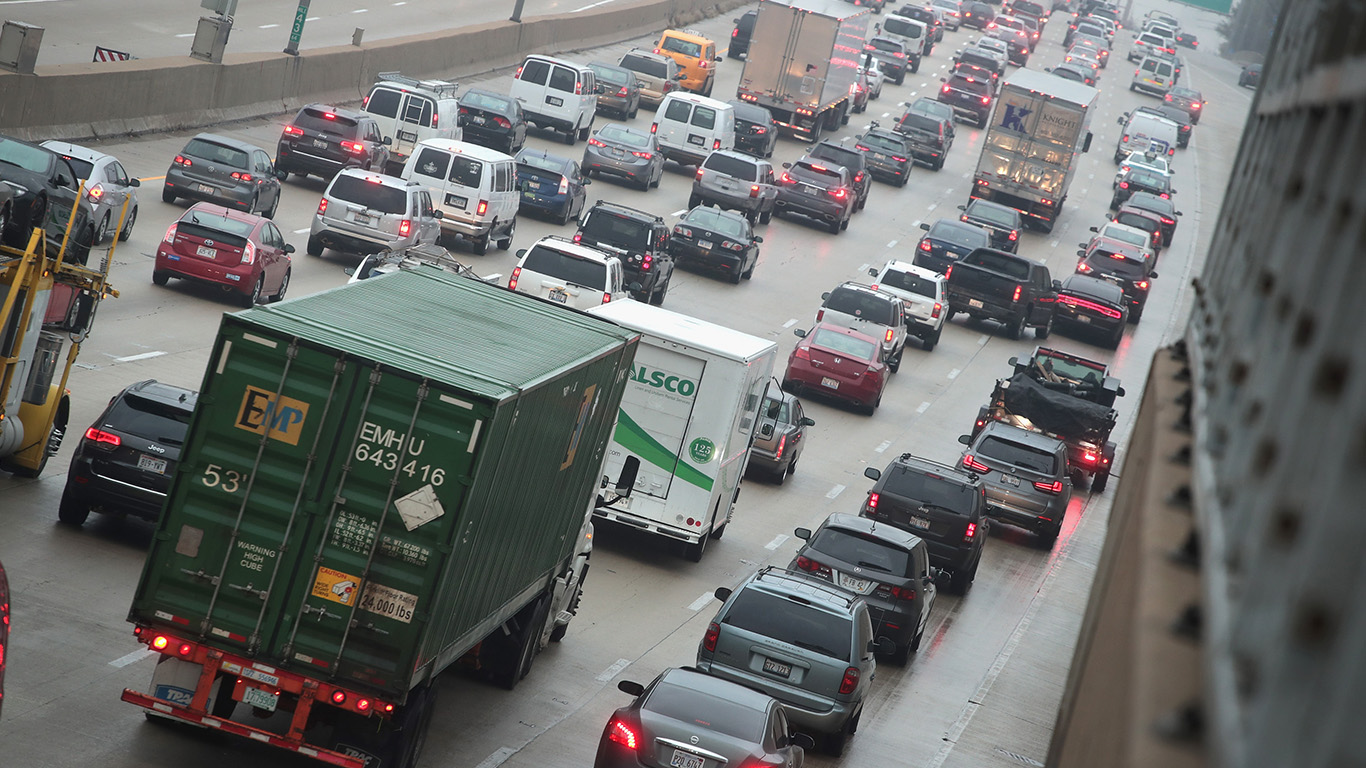
The U.S. Department of Transportation’s Federal Highway Administration produces a monthly report on U.S. traffic volume that can be stunning when you first see the numbers. For example, the agency estimates U.S. drivers will travel a total of 1.014 trillion miles on the country’s roads and streets this year. That’s about 0.2% more than the 2017 estimate, the first to top a trillion miles.
The interesting thing is not that the number of miles is rising; the interesting thing is that it is rising more slowly. When gasoline prices were lower in 2014, 2015 and 2016, total miles driven rose year over year by more than 1% in each of those years.
Oil industry analyst John Kemp of Reuters has noted the change:
[T]he rate of growth in traffic volumes has been slowing consistently since early 2016, coinciding with the rise in gasoline prices, after accelerating during 2014/15, coinciding with the previous oil price slump.
Here’s a chart from Kemp that shows how miles driven slows as gas prices rise:
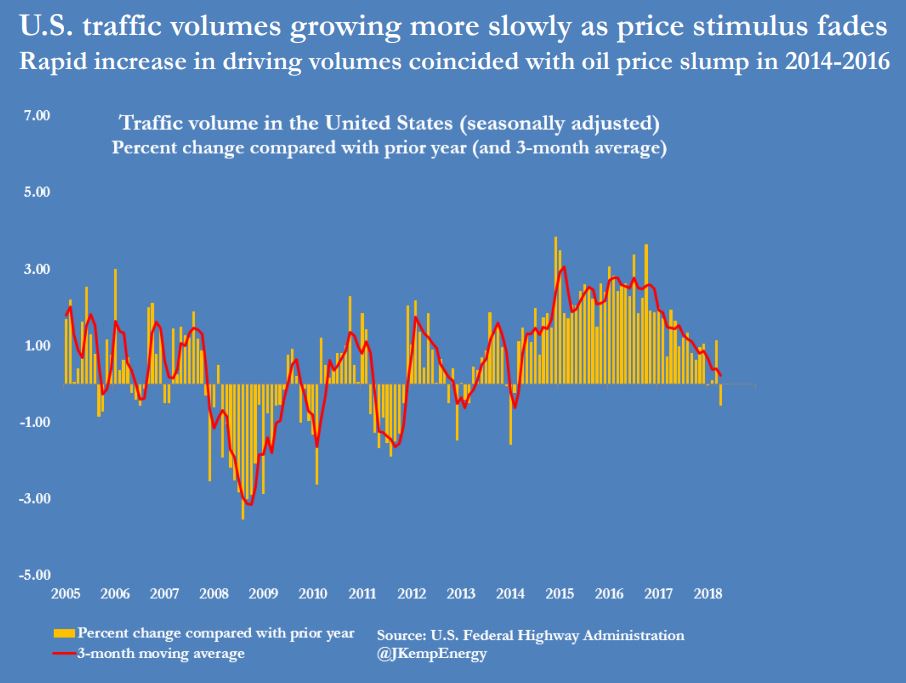
Kemp also has a chart that correlates traffic volume with gas prices. The yellow line in the chart represents gas prices and the scale is inverted:
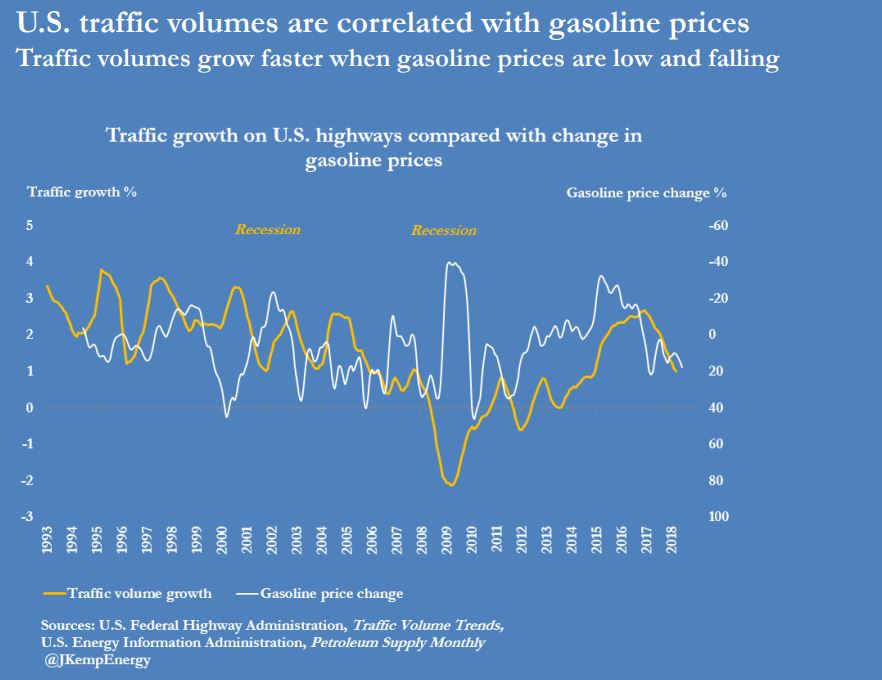
The U.S. Energy Information Administration forecasts U.S. gas consumption will grow by just 20,000 barrels per day in 2018 and 40,000 barrels in 2019, after rising by just 2,000 barrels per day in 2017 compared to growth of 139,000 barrels in 2016 and 257,000 barrels in 2015.
This implies a change in the new vehicles than Americans will be purchasing in the years ahead. Rising gas prices direct consumers to more fuel-efficient vehicles and away from the large, less fuel-efficient sport utility vehicles and light trucks.
Manufacturers are designing and building smaller, more fuel-efficient engines for their bread-and-butter light trucks in an attempt to give consumers the vehicles they want with the fuel efficiency they are showing signs of wanting. New engines that shut off some of the cylinders paired with multi-gear (6-, 8- or 10-speed) transmissions will be available in some pickups beginning next year.
Regardless of the president’s demand that OPEC lower prices now, those new engines will reduce demand for petroleum and help the oil market stay in supply-demand balance — further proof that the best remedy for high prices is high prices.
Kemp’s full set of charts is available from Reuters.
The Average American Has No Idea How Much Money You Can Make Today (Sponsor)
The last few years made people forget how much banks and CD’s can pay. Meanwhile, interest rates have spiked and many can afford to pay you much more, but most are keeping yields low and hoping you won’t notice.
But there is good news. To win qualified customers, some accounts are paying almost 10x the national average! That’s an incredible way to keep your money safe and earn more at the same time. Our top pick for high yield savings accounts includes other benefits as well. You can earn up to 3.80% with a Checking & Savings Account today Sign up and get up to $300 with direct deposit. No account fees. FDIC Insured.
Click here to see how much more you could be earning on your savings today. It takes just a few minutes to open an account to make your money work for you.
Our top pick for high yield savings accounts includes other benefits as well. You can earn up to 4.00% with a Checking & Savings Account from Sofi. Sign up and get up to $300 with direct deposit. No account fees. FDIC Insured.
Thank you for reading! Have some feedback for us?
Contact the 24/7 Wall St. editorial team.
 24/7 Wall St.
24/7 Wall St.